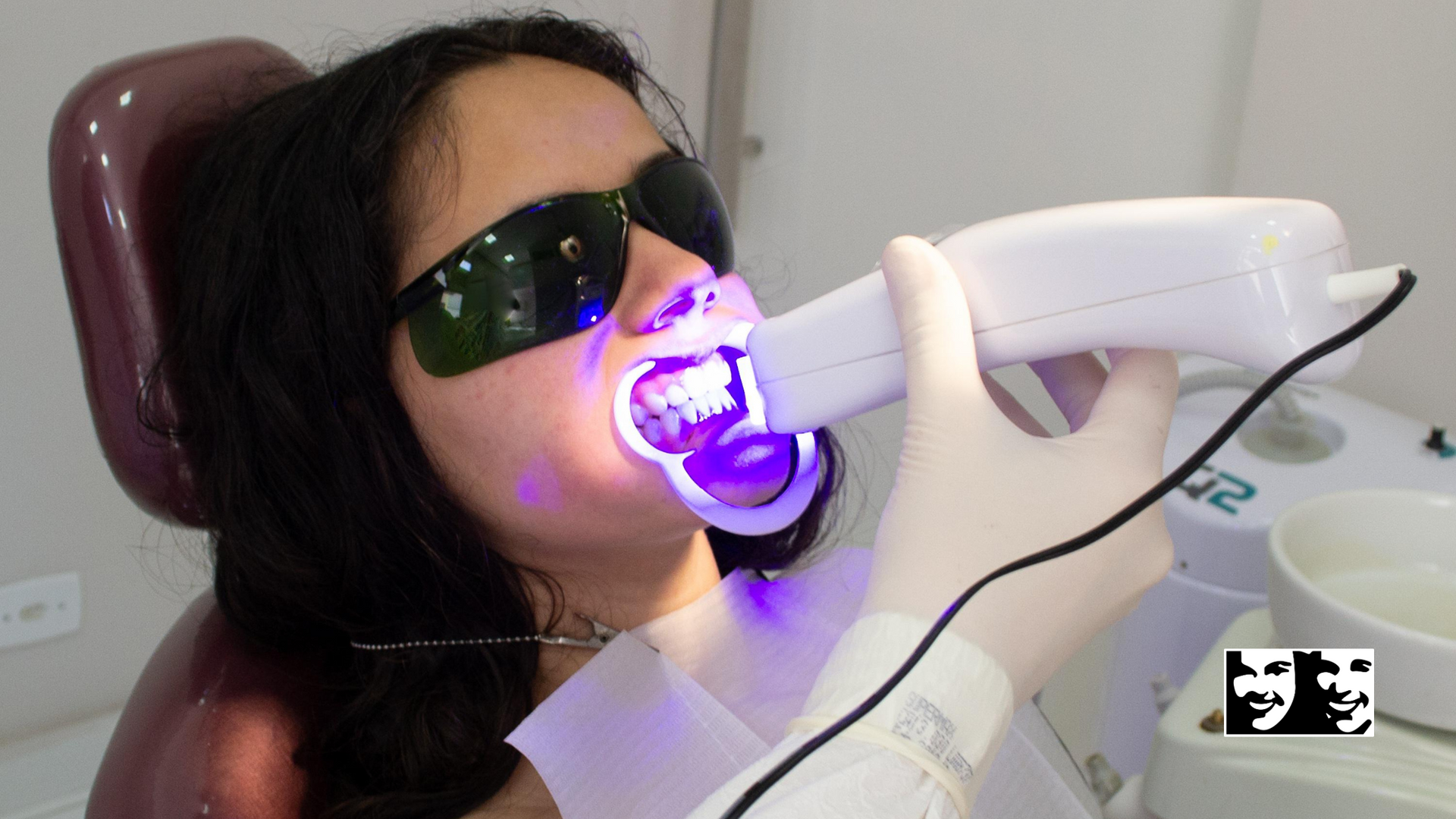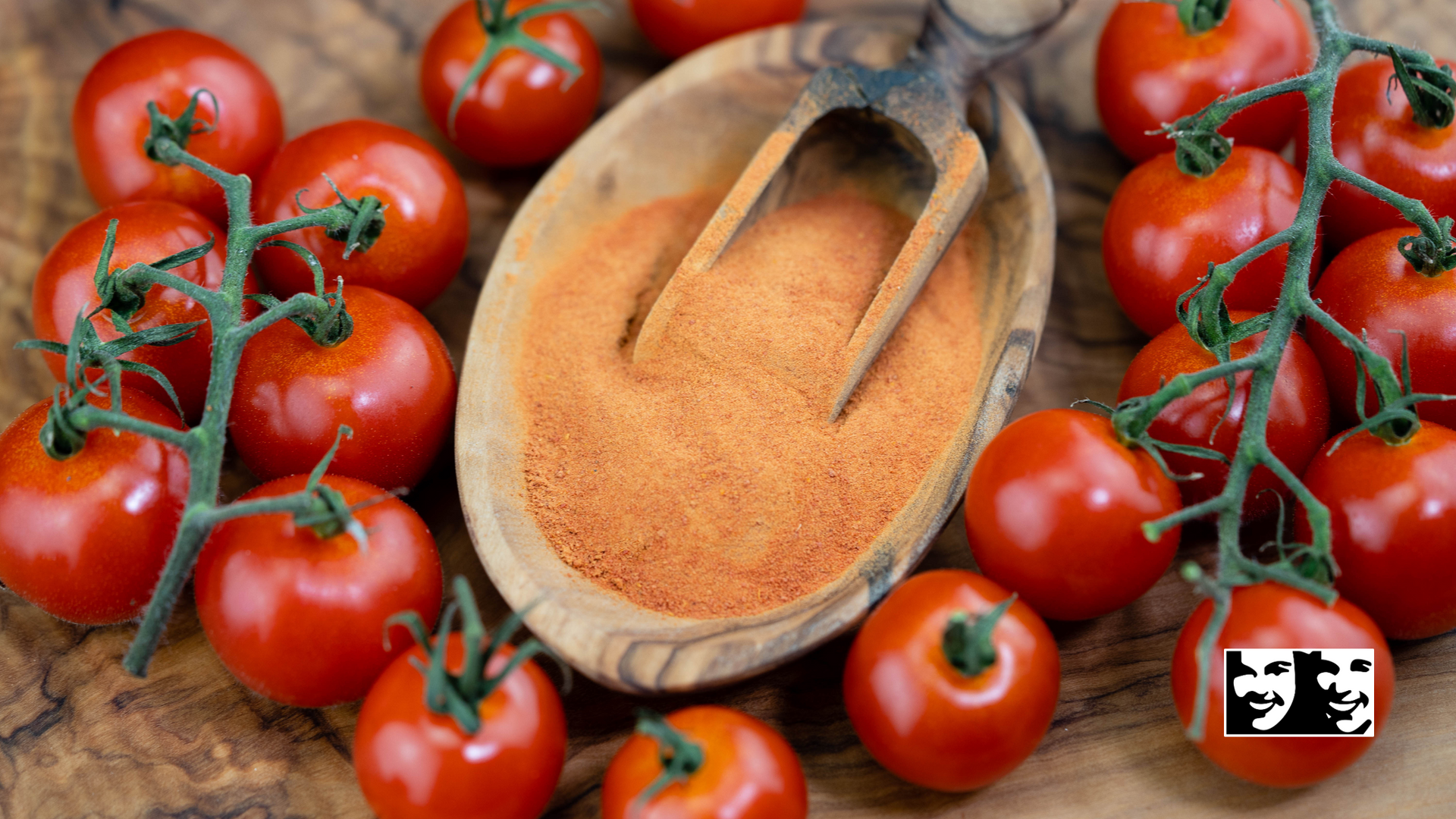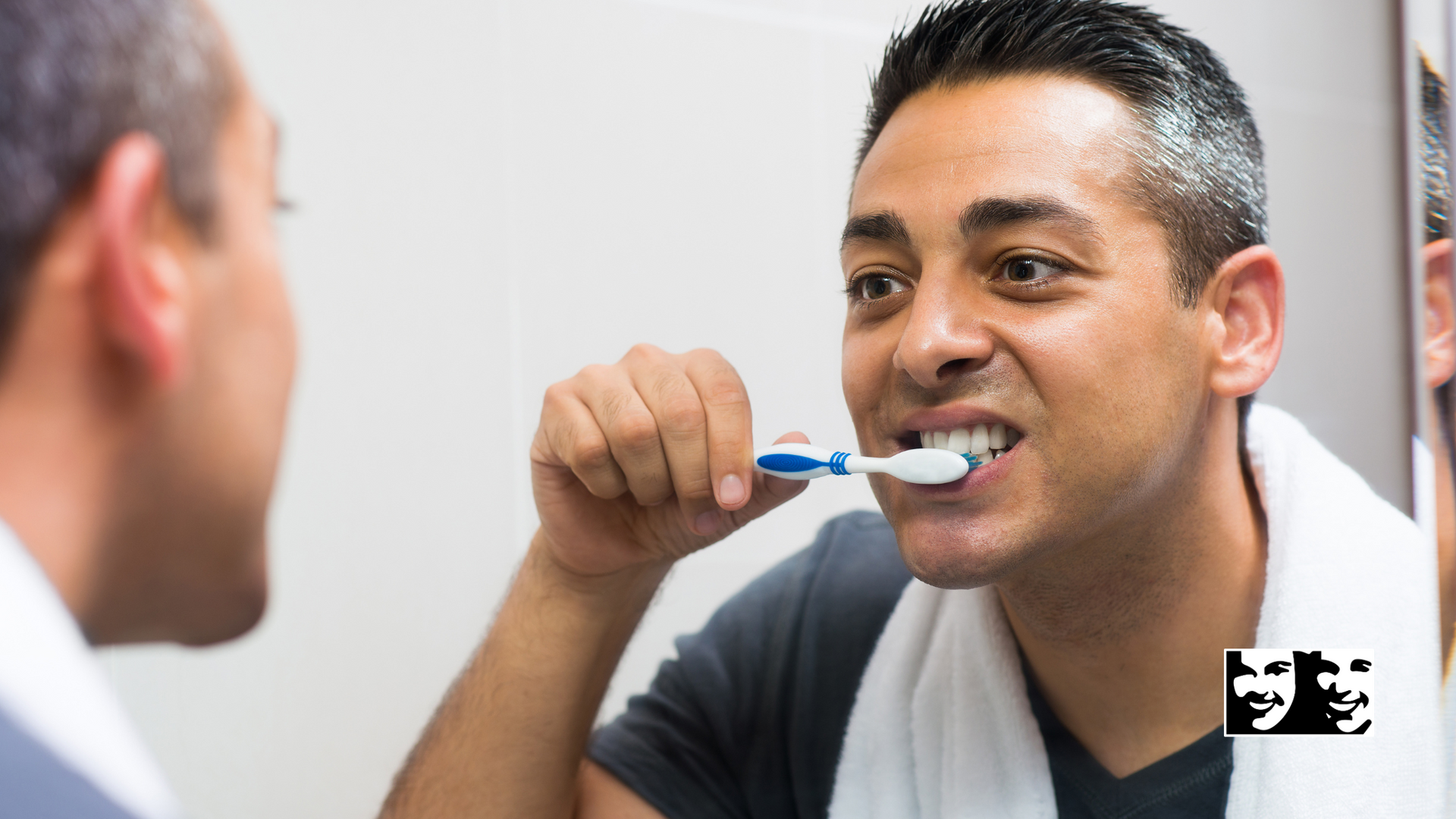Teeth Whitening Maintenance: Prevent Stains and Keep Smiles Bright

Source: Dr. Marketing
A brighter smile has the power to boost confidence, enhance appearance, and leave a lasting impression. Professional teeth whitening is one of the most popular cosmetic dental treatments, offering safe and effective results that go beyond what over-the-counter products can achieve. At All Smiles Dentistry in Lake Jackson, we provide teeth whitening treatments tailored to individual needs, ensuring smiles look naturally radiant.
However, keeping those results requires more than just the initial treatment. Many people ask questions such as “Should I brush right after whitening?”, “Do tomatoes or tomato sauce stain teeth?”, or “Which foods should I avoid to prevent stains?” These are important considerations, as everyday habits greatly influence how long whitening results last. This guide explores the essentials of post-whitening care, foods and drinks to watch out for, and strategies to prevent stains so that your smile stays bright.
The First Hours After Teeth Whitening

After a teeth whitening treatment, enamel is temporarily more porous. This means it is more sensitive and more likely to absorb pigments from food and drinks. It is also the reason brushing right away is not recommended. While it is natural to want to clean your teeth immediately, brushing too soon can irritate enamel and even reduce the effectiveness of the treatment. A safer approach is to wait at least thirty minutes before brushing, using a soft toothbrush and gentle toothpaste when you do. In the meantime, rinsing with plain water is the best way to freshen your mouth and protect results.
This short window of time sets the stage for how well teeth whitening results hold up. By giving enamel the chance to recover, you create a foundation for long-lasting brightness.
Everyday Foods and Their Staining Potential

Once the initial recovery period is over, the next challenge comes from everyday diet choices. Many people are surprised to learn how common foods can slowly undo teeth whitening results. Coffee and tea are frequent culprits, with tannins that cling to enamel and leave behind a yellowish hue. Red wine combines strong pigments with acidity, making stains especially persistent. Cola, dark sodas, and even fruit juices such as grape or cranberry carry pigments that darken teeth over time.
Solid foods also play a role. Blueberries, blackberries, and raspberries are rich in natural pigments, while sauces made from soy, balsamic vinegar, or curry leave deep coloration on enamel. Even vegetables such as beets are powerful staining agents. And then there are tomatoes—whether fresh or in sauces like marinara or ketchup, their blend of acidity and pigment makes them one of the more common contributors to post-whitening discoloration.
Do Tomatoes Really Stain Teeth?

Tomatoes deserve special mention because they are a dietary staple for many people. The acidity in tomatoes softens enamel temporarily, while the pigments leave behind a reddish or orange stain. Tomato sauce, with its concentrated consistency, tends to coat teeth and increase the likelihood of staining. Over time, repeated exposure leads to noticeable discoloration.
Avoiding tomatoes entirely is not realistic, nor necessary. Instead, being mindful of how you consume them makes the difference. Pairing tomato-based dishes with leafy greens, rinsing with water after meals, and waiting before brushing all help reduce their staining effect. With these simple adjustments, you can still enjoy your favorite meals without sacrificing the brightness of your smile.
Practical Strategies to Prevent Stains

Protecting your smile is less about strict avoidance and more about balance. Water is your best ally. Drinking water alongside meals and snacks helps wash away acids and pigments before they can settle. Saliva production, stimulated by hydration, also works as a natural cleanser.
Daily oral hygiene remains essential. Brushing twice a day and flossing once daily removes food particles that contribute to stains. Whitening toothpaste with mild polishing agents can help maintain brightness, but abrasive formulas should be avoided to protect enamel. Mouthwash, especially alcohol-free varieties, can further reduce bacteria and prevent plaque buildup that dulls teeth.
Your diet can also provide natural support. Crunchy fruits and vegetables like apples, celery, and carrots act like gentle scrubbers as you chew, cleaning away surface particles. By combining smart food choices with consistent oral care, you create a protective routine that keeps teeth whitening results intact.
Lifestyle Habits That Influence Results

While food and hygiene are critical, lifestyle habits can be just as influential. Tobacco use is one of the leading causes of discoloration, with tar and nicotine producing deep yellow or brown stains. These stains are not only cosmetic but also difficult to remove, often requiring more frequent whitening. Quitting tobacco or reducing its use is one of the most effective steps toward preserving your smile.
Sugar and acidic foods present another challenge. Sugar fuels bacteria, which produce acids that weaken enamel. Acidic foods erode enamel directly, making it easier for pigments to penetrate. Reducing sugar and balancing acidic foods with water or neutralizing snacks helps protect teeth.
For those looking to maintain whitening between visits, at-home products may be recommended—but they should always be used cautiously and under professional guidance to avoid damaging enamel.
The Value of Regular Checkups

No matter how thorough your at-home care may be, professional checkups remain essential. Dental cleanings remove plaque and tartar that daily brushing cannot, restoring smoothness and brightness to enamel. They also give our dentist the chance to evaluate teeth whitening results and recommend touch-up treatments if necessary. Most patients find that touch-ups every six to twelve months keep their smile consistently fresh.
At All Smiles Dentistry, we emphasize preventive care that goes beyond cosmetics. For our patients in Lake Jackson, teeth whitening is not just about achieving brighter teeth but maintaining them within the context of overall oral health.
Mistakes That Can Undo Your Results
Some habits undermine whitening without patients even realizing it. Overusing at-home whitening strips or gels is a common issue, as excessive exposure can erode enamel and increase sensitivity. Eating highly acidic foods immediately after teeth whitening is another mistake, as enamel is more vulnerable during this time. Others skip routine dental cleanings, allowing stains to accumulate, or rely too heavily on abrasive whitening toothpaste that wears down enamel. Avoiding these pitfalls ensures that whitening remains both safe and effective.
Protecting Your Investment in Teeth Whitening

Teeth whitening is more than a quick cosmetic fix—it is an investment in your smile and your confidence. Protecting that investment means making mindful choices every day. Waiting before brushing, rinsing away staining foods such as tomatoes, staying hydrated, maintaining strong oral hygiene, and keeping up with dental visits all work together to preserve results.
At All Smiles Dentistry, we provide not only professional whitening but also the ongoing care and advice patients need to maintain it. For those in Lake Jackson, keeping a radiant smile is about more than avoiding stains—it is about adopting habits that support long-term oral health and confidence. If you are considering teeth whitening or want advice on keeping your teeth bright, our team can guide you through safe and effective options. Book an appointment today to keep your smile looking its best.



